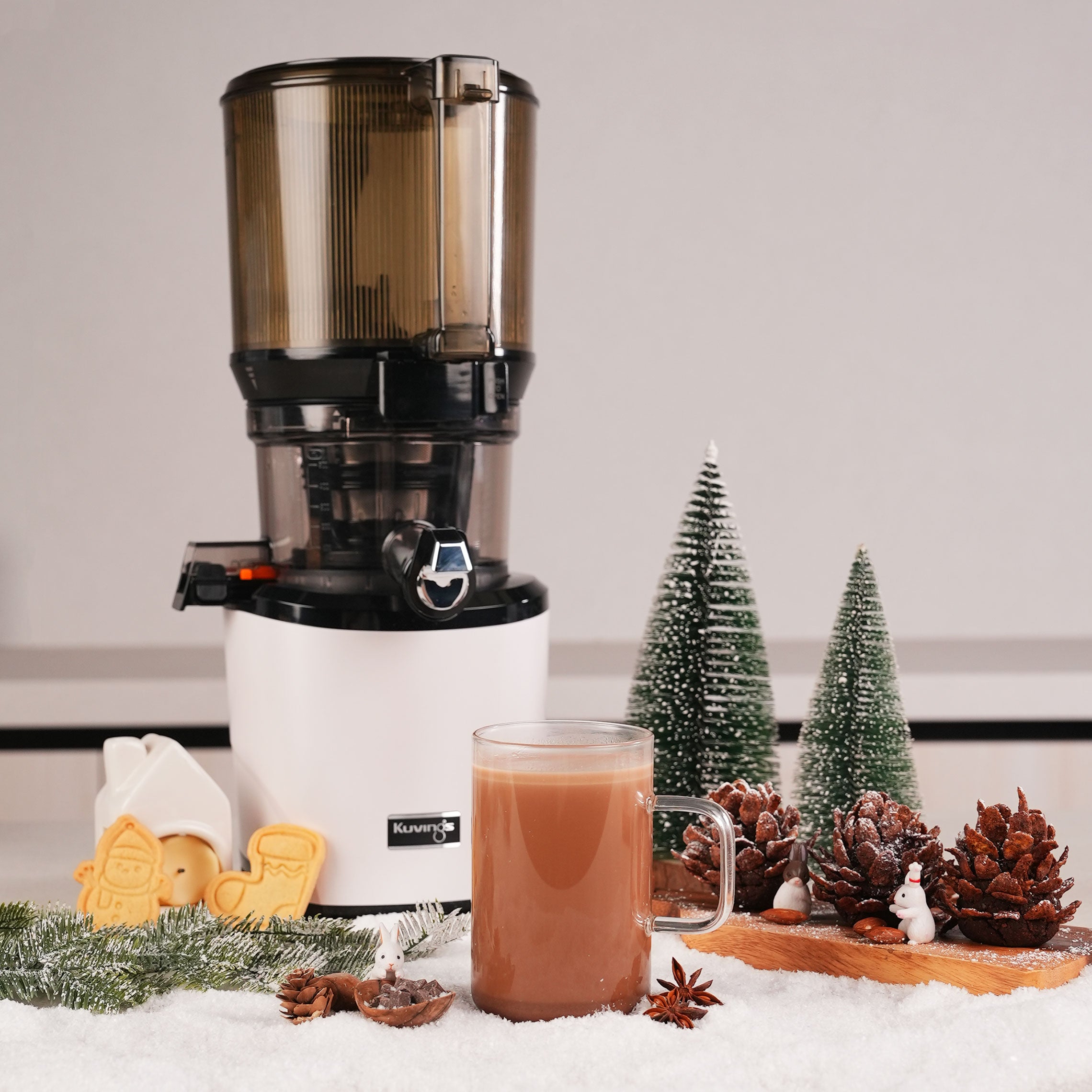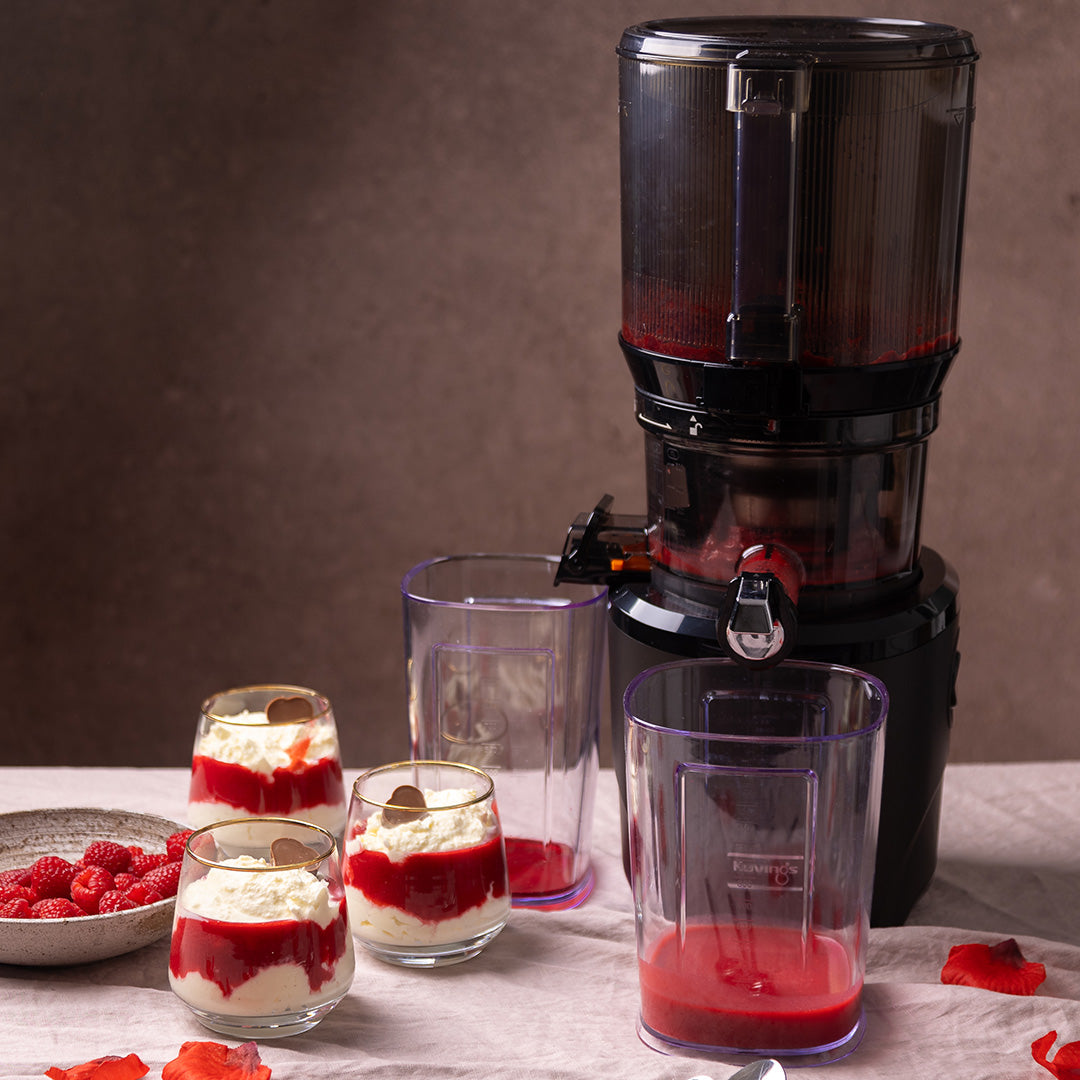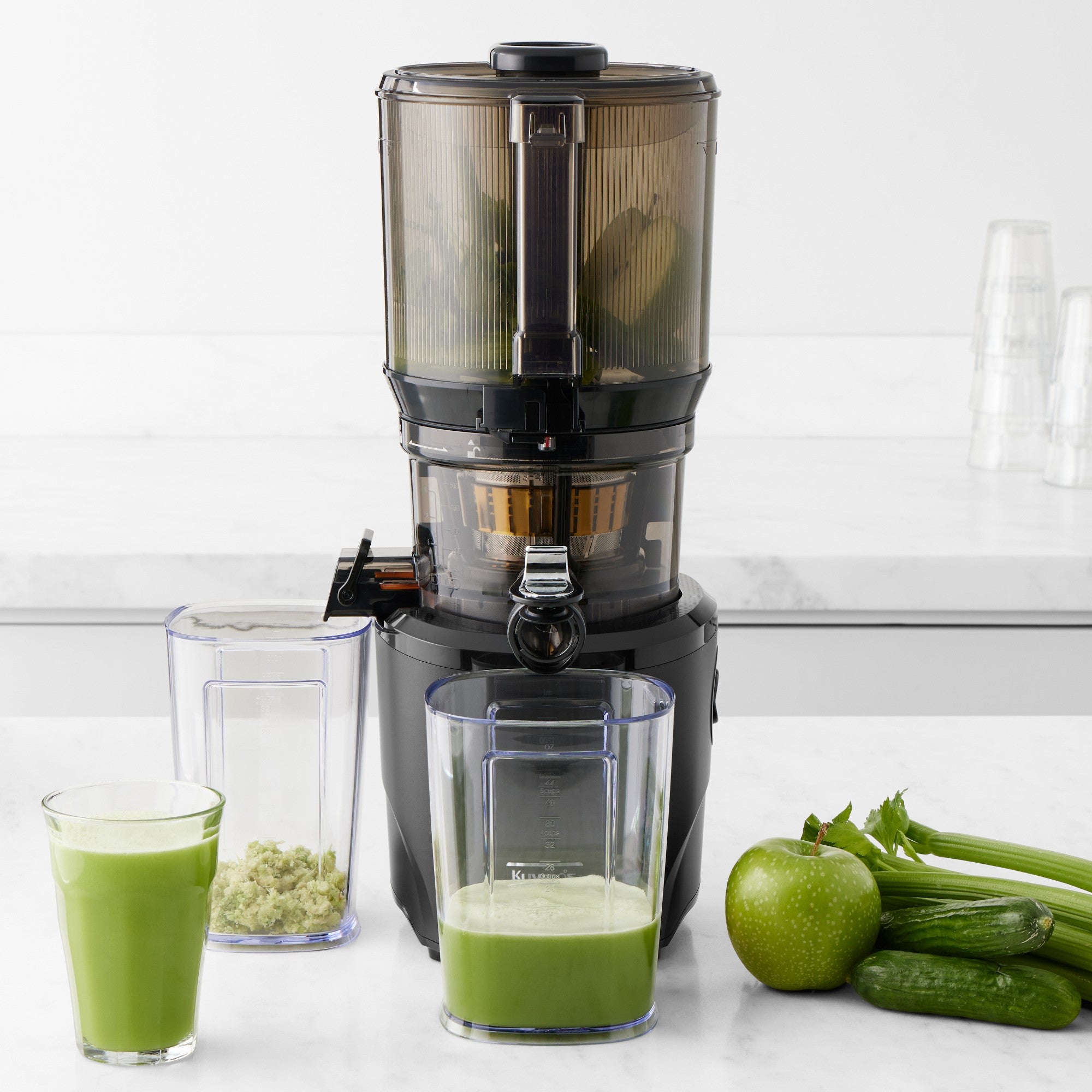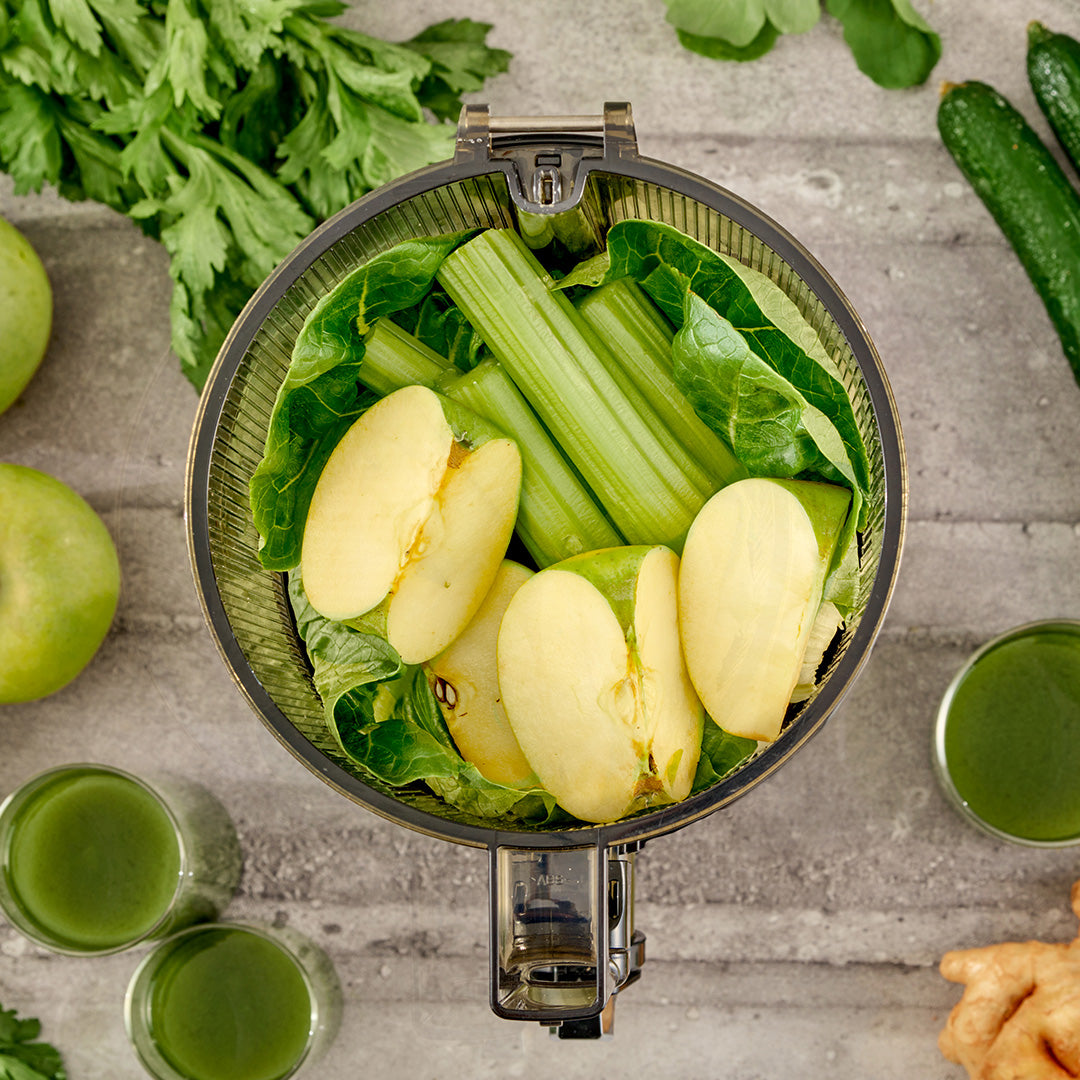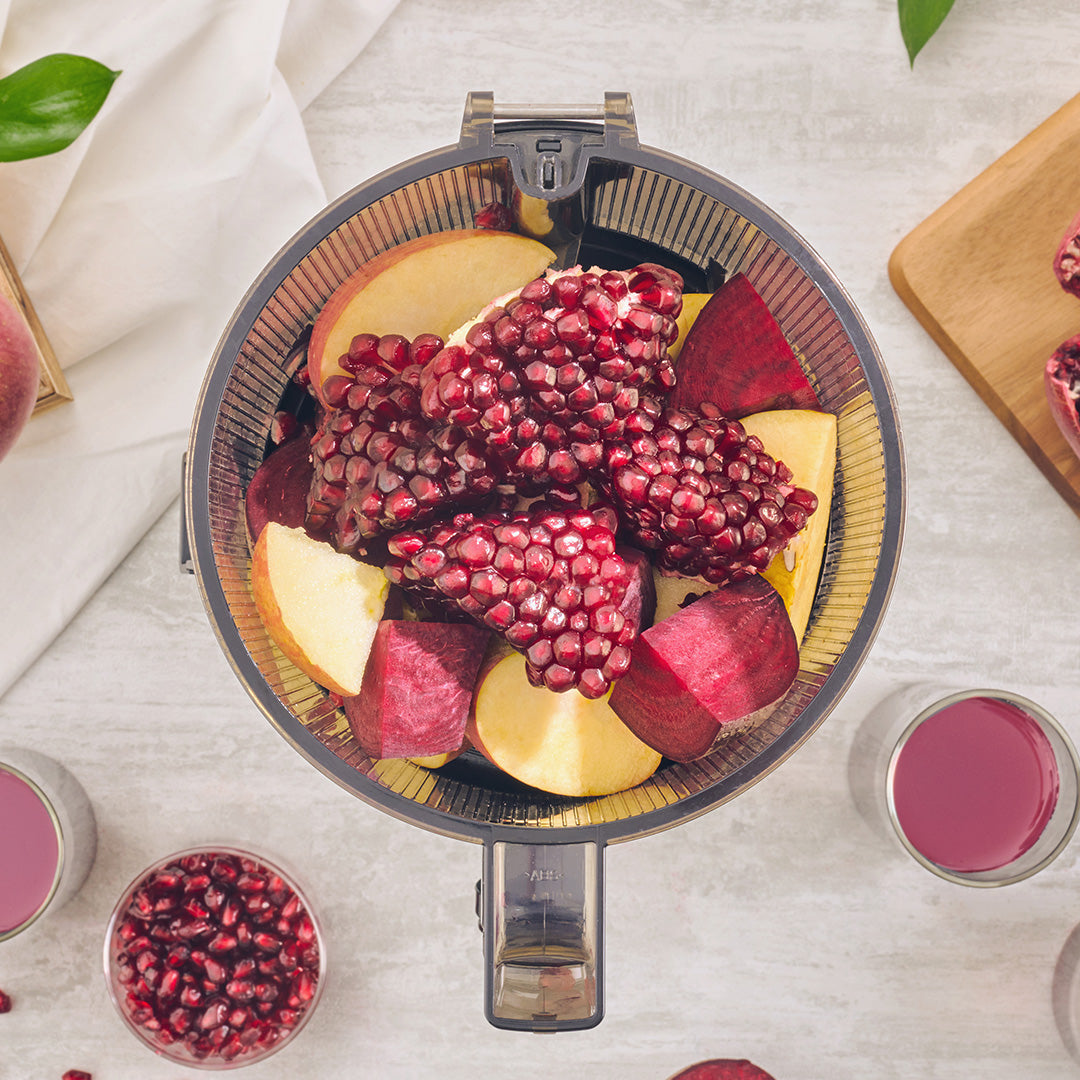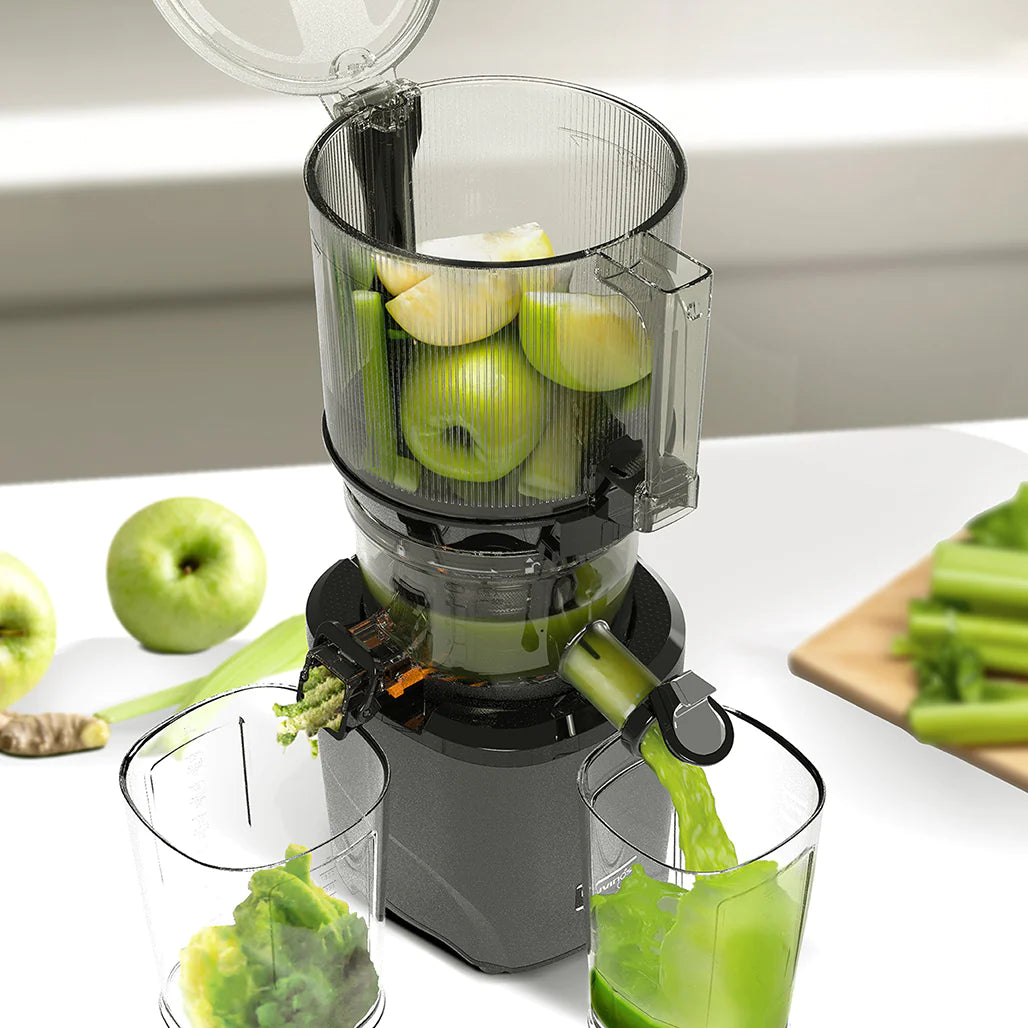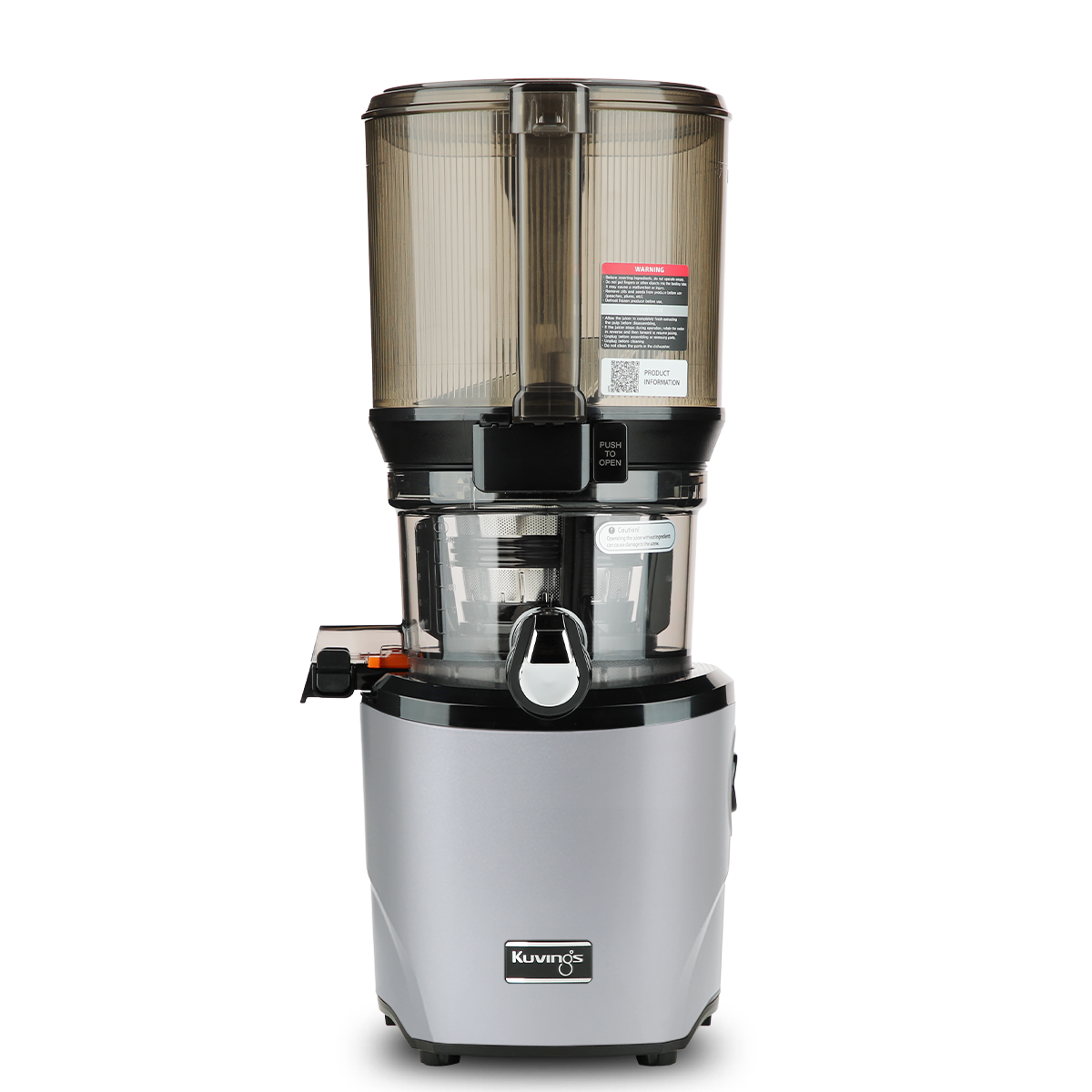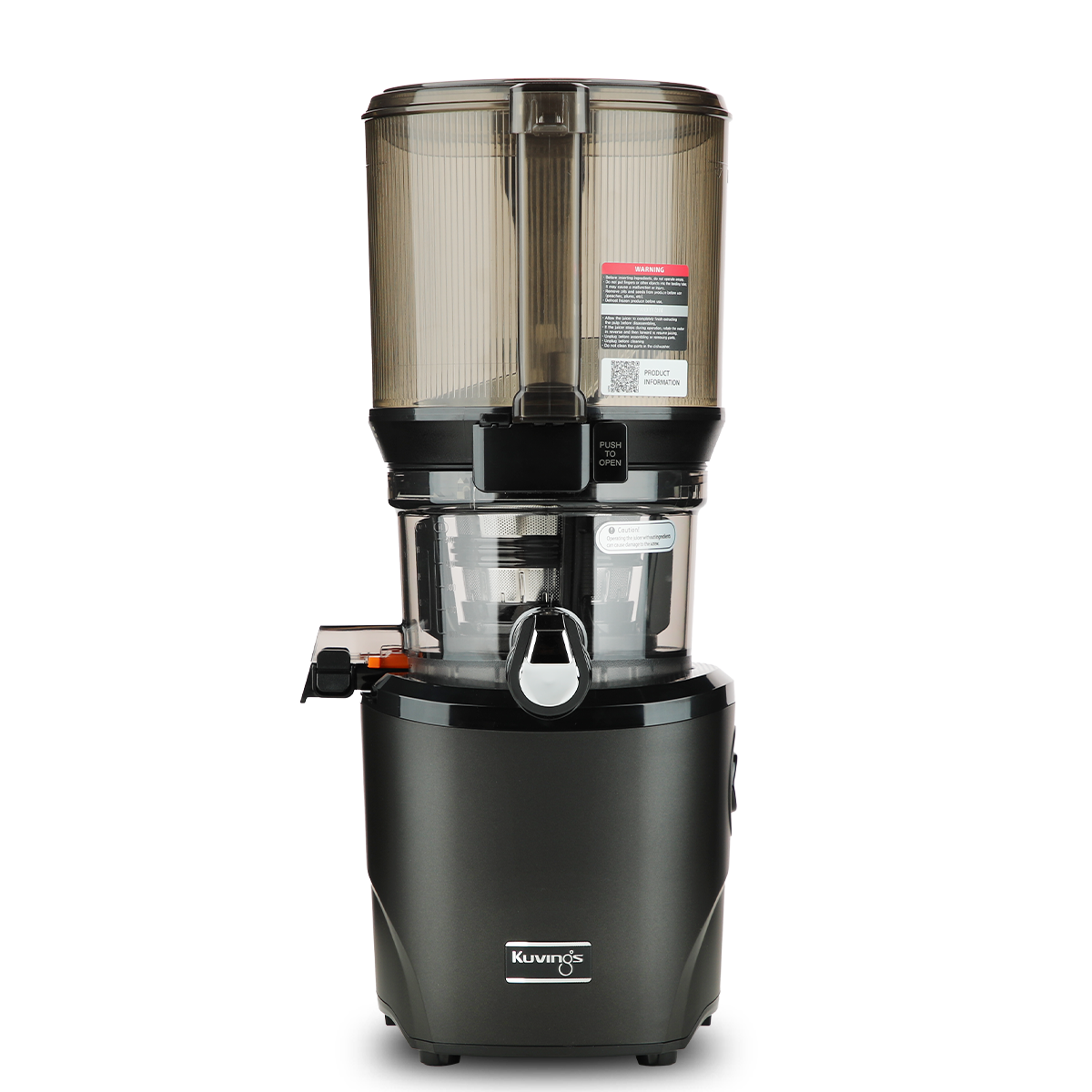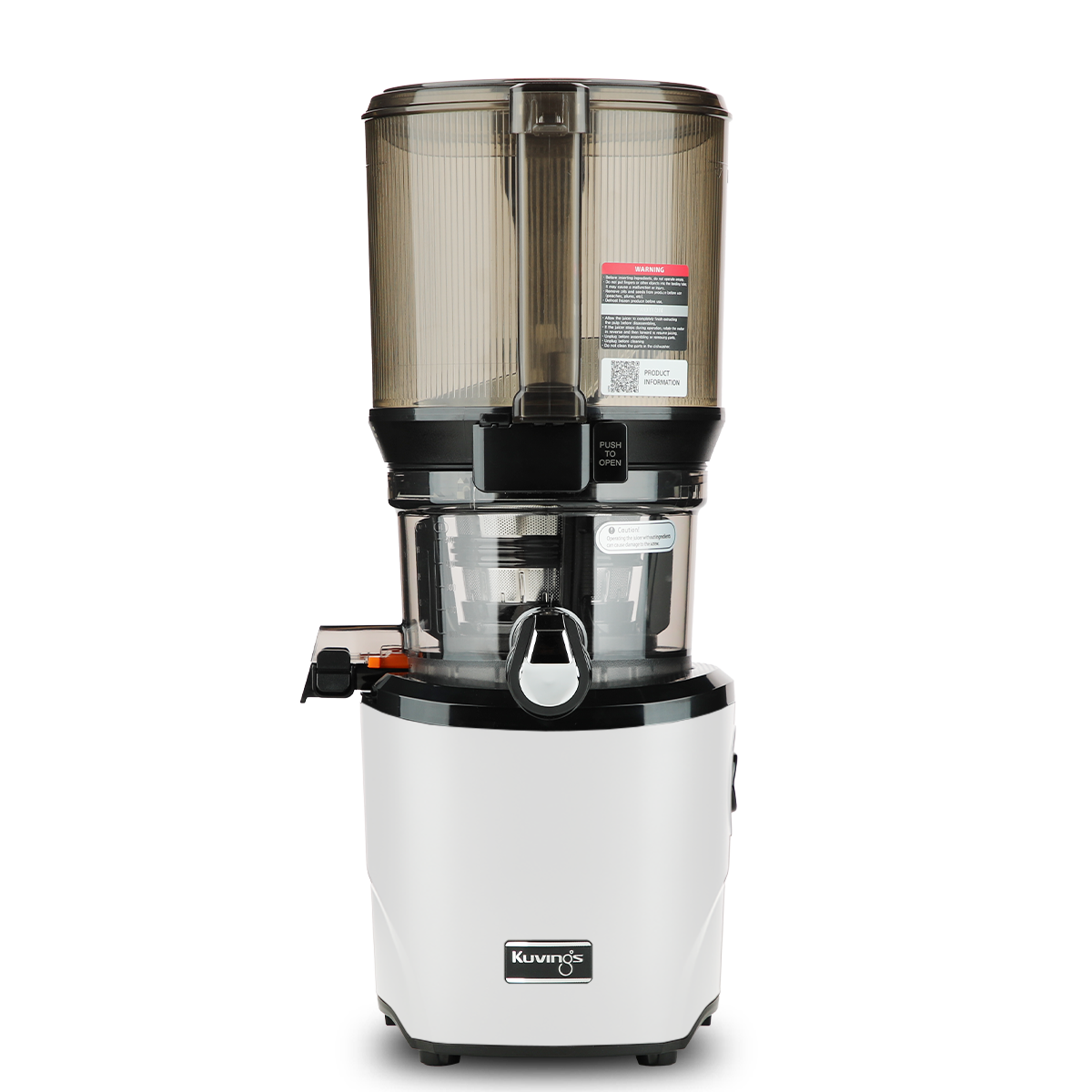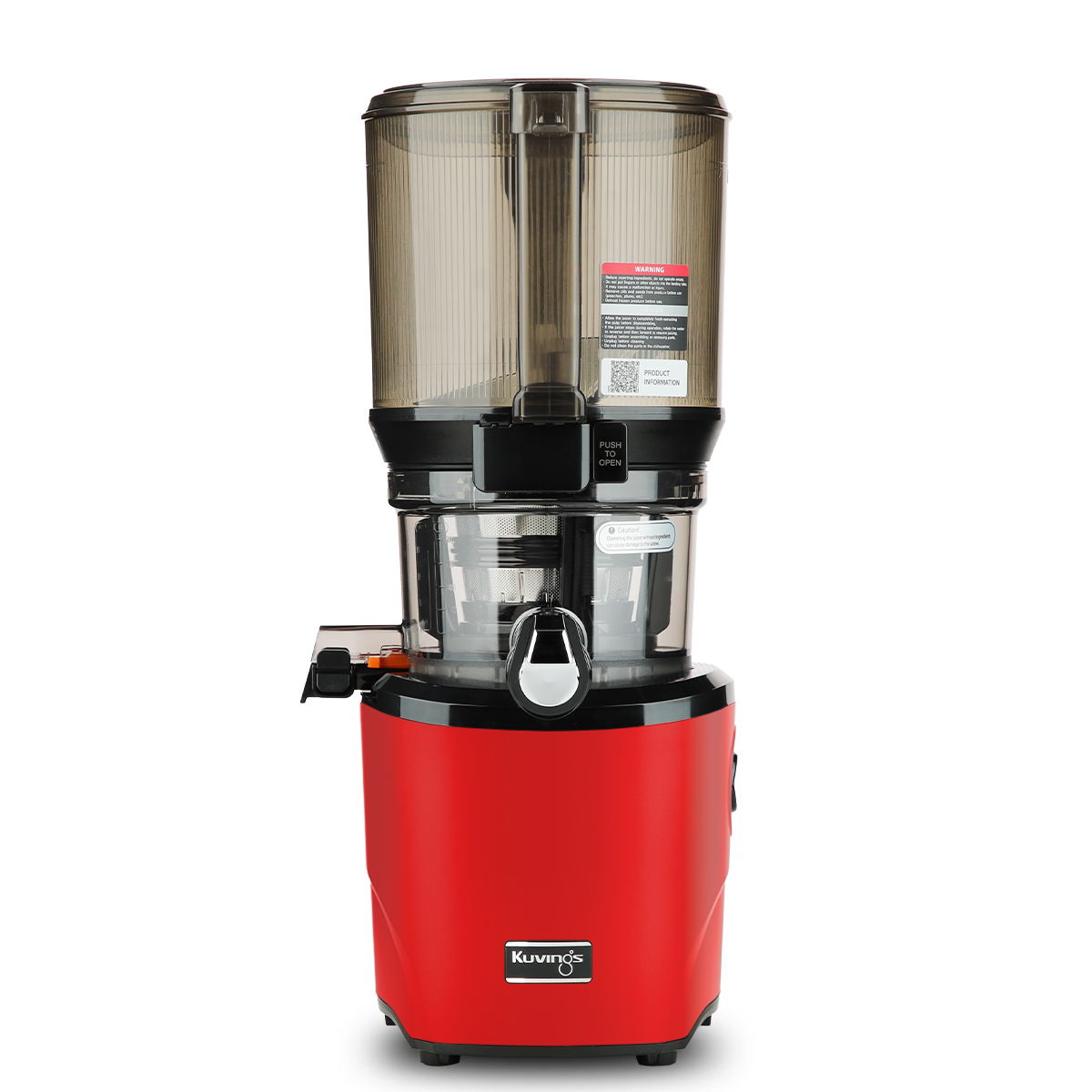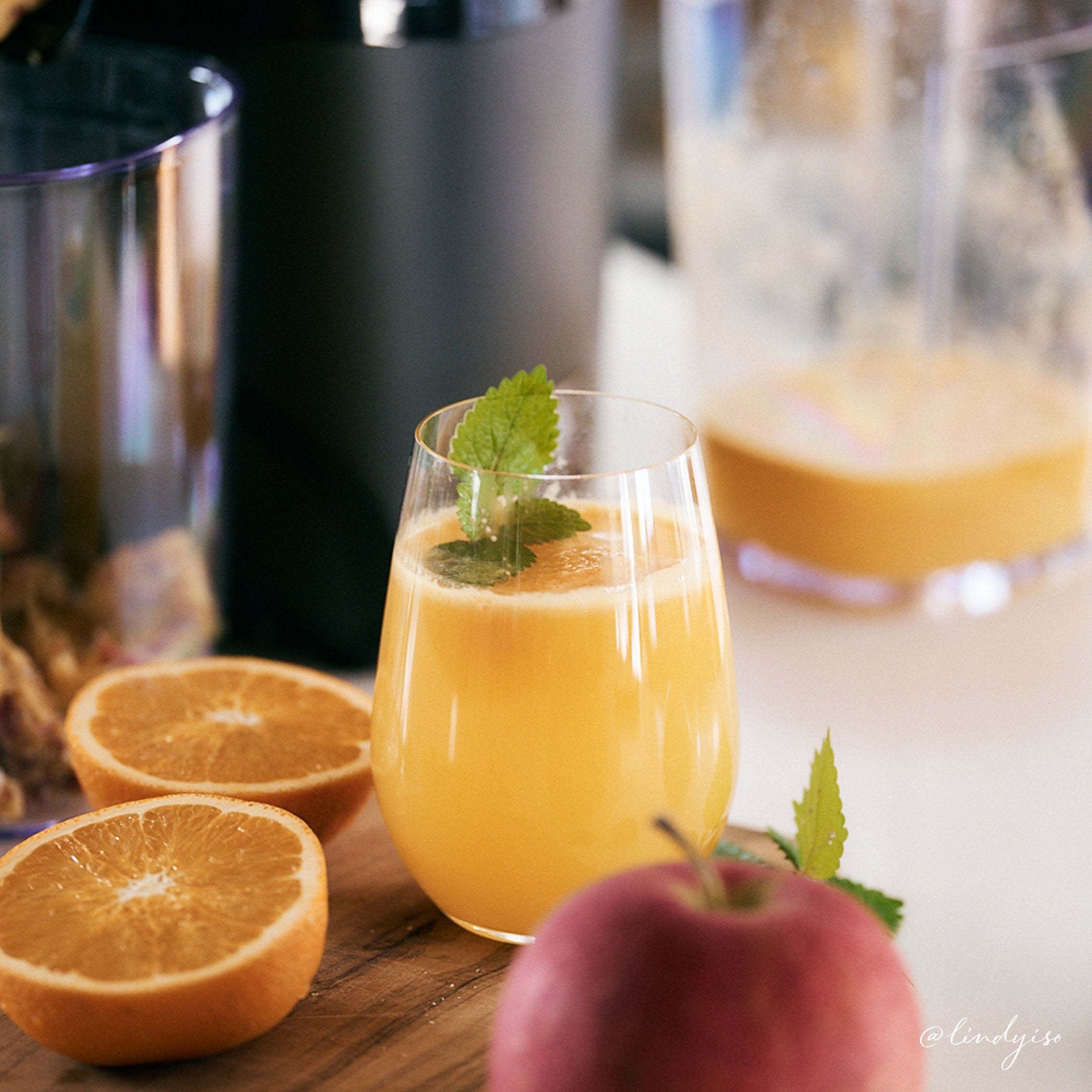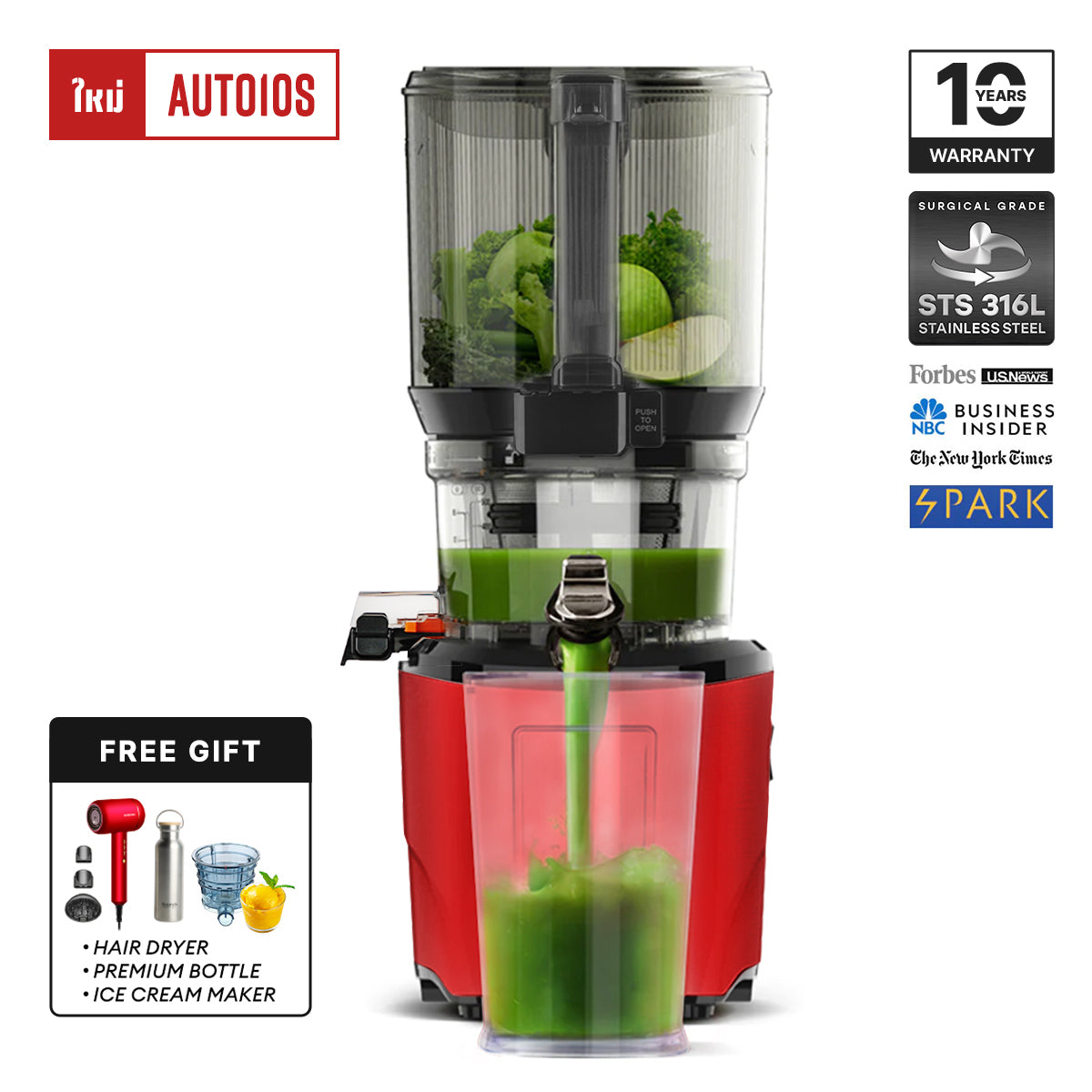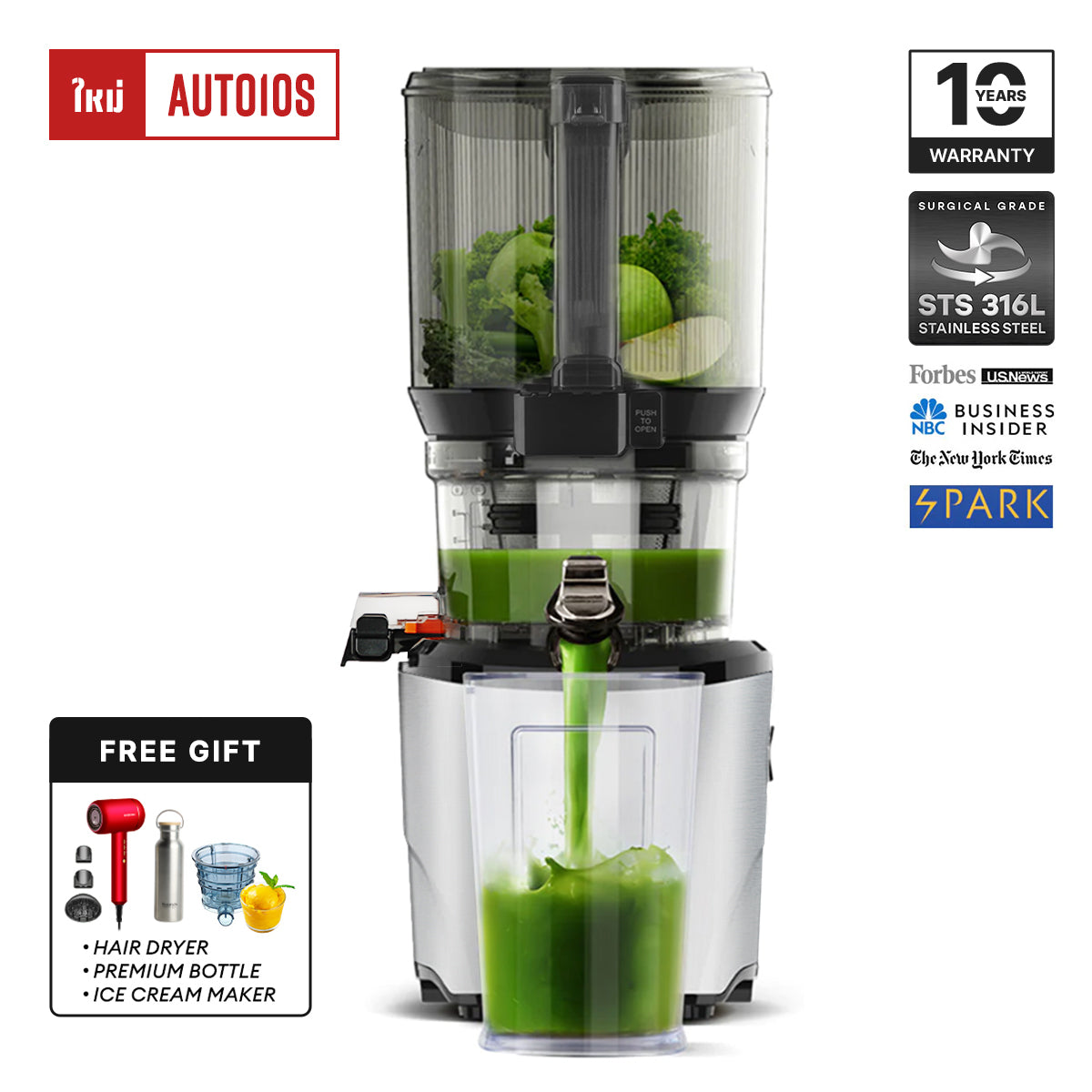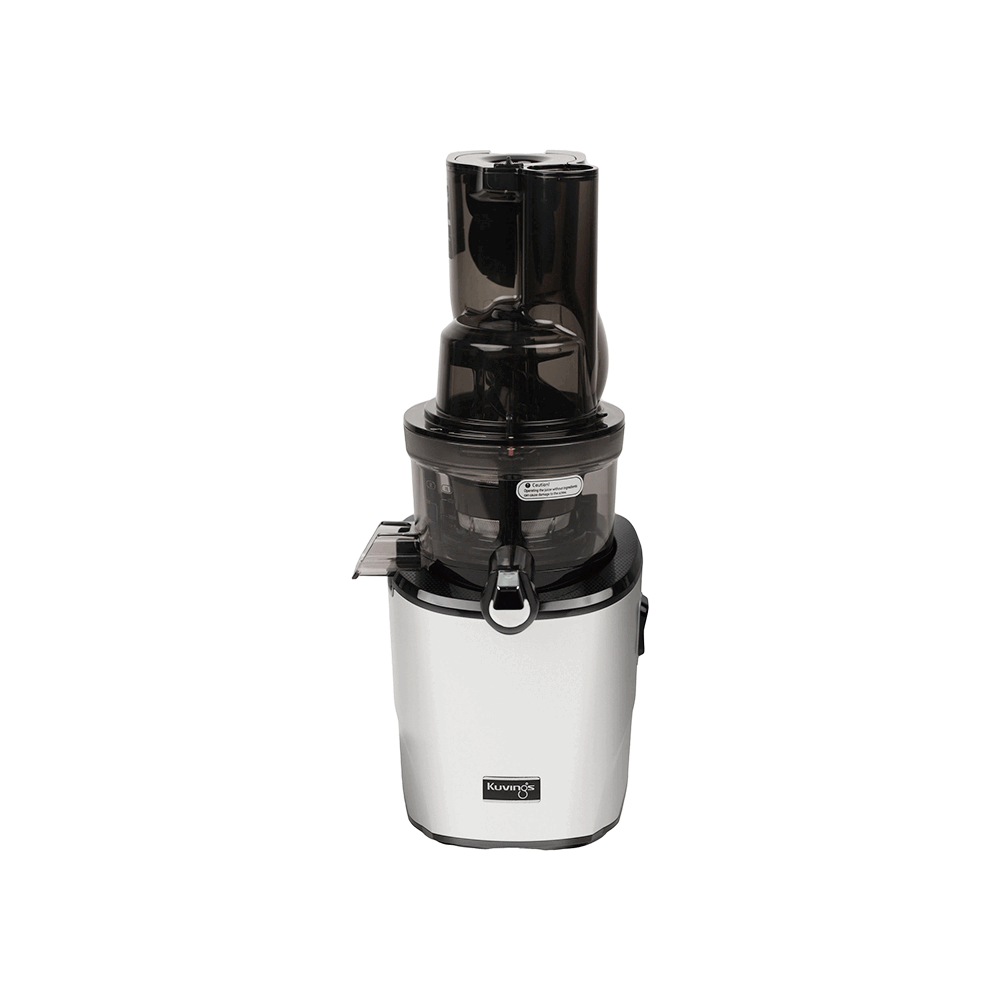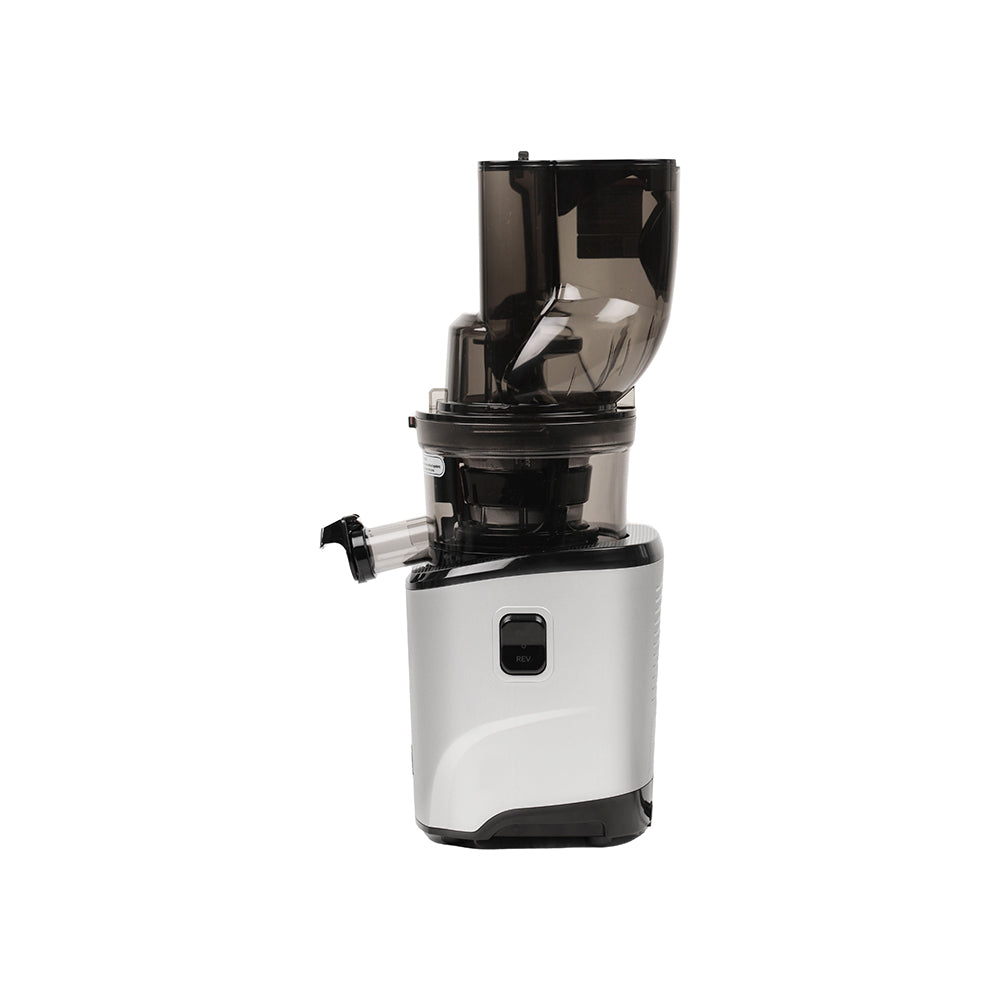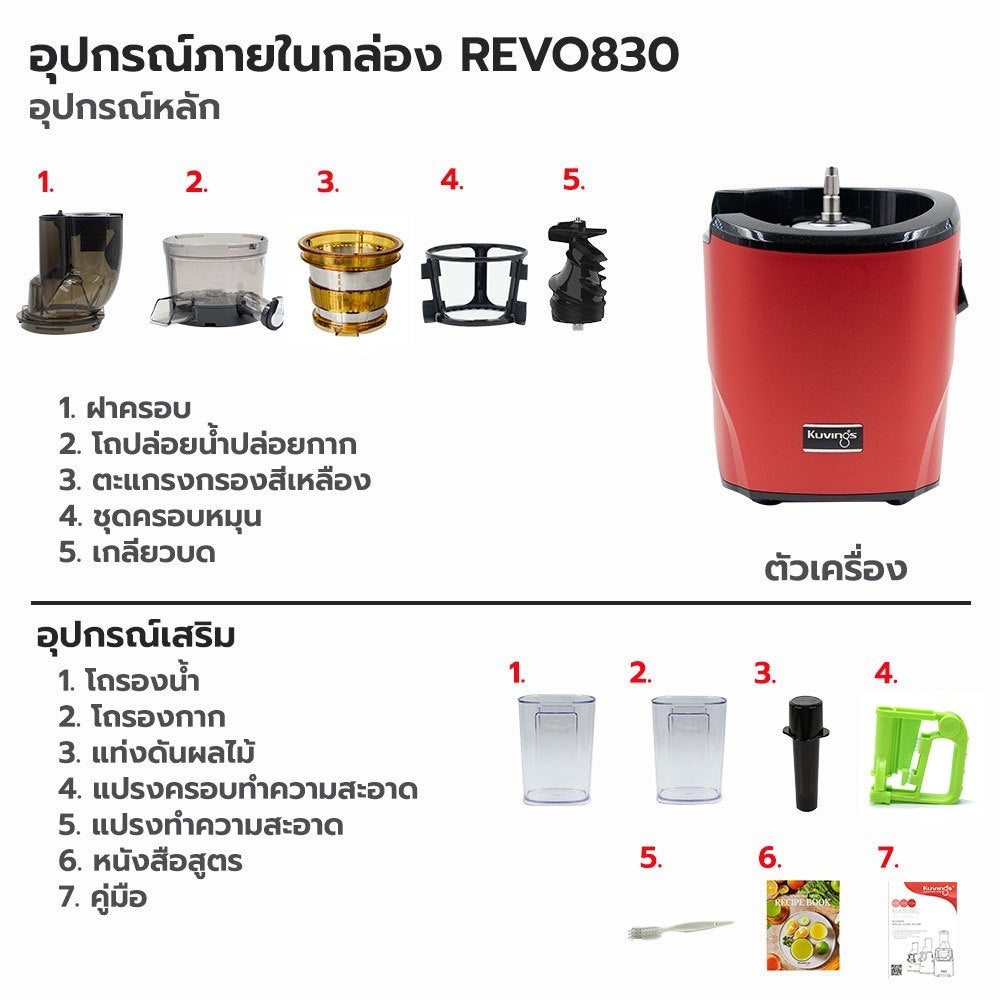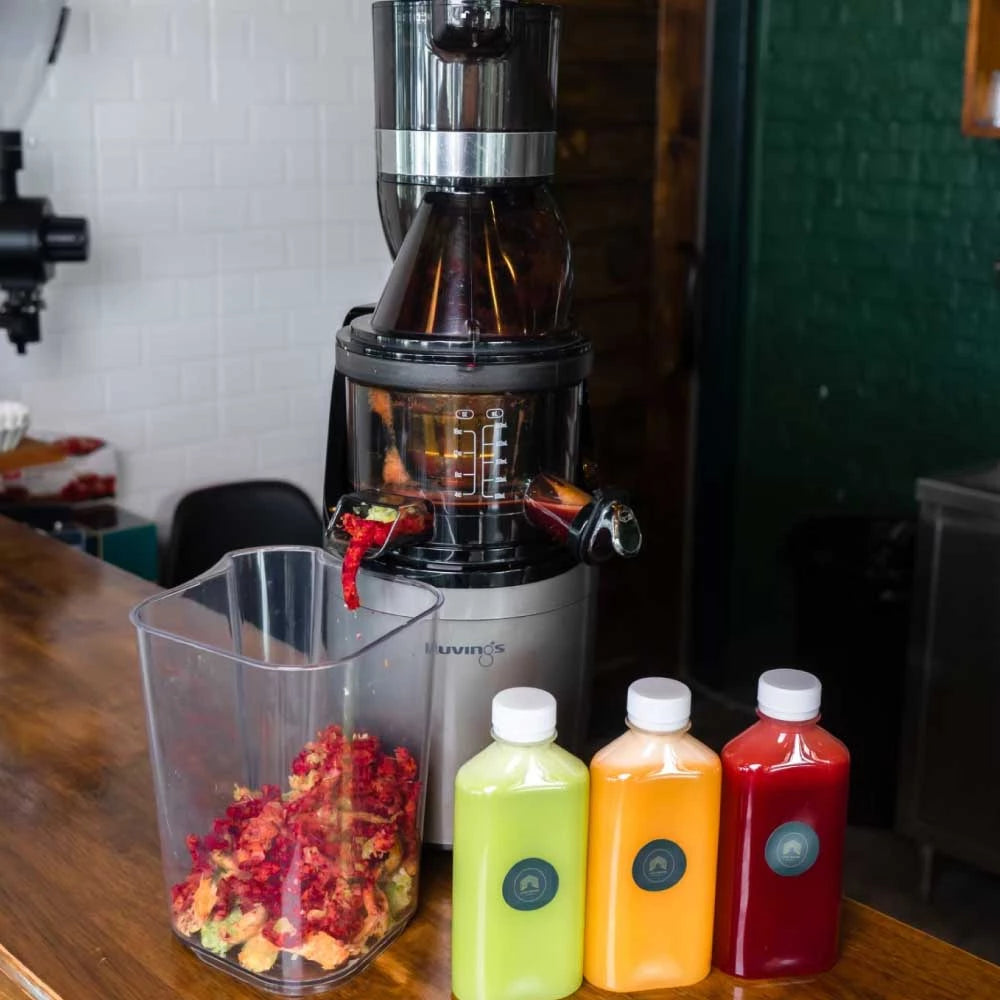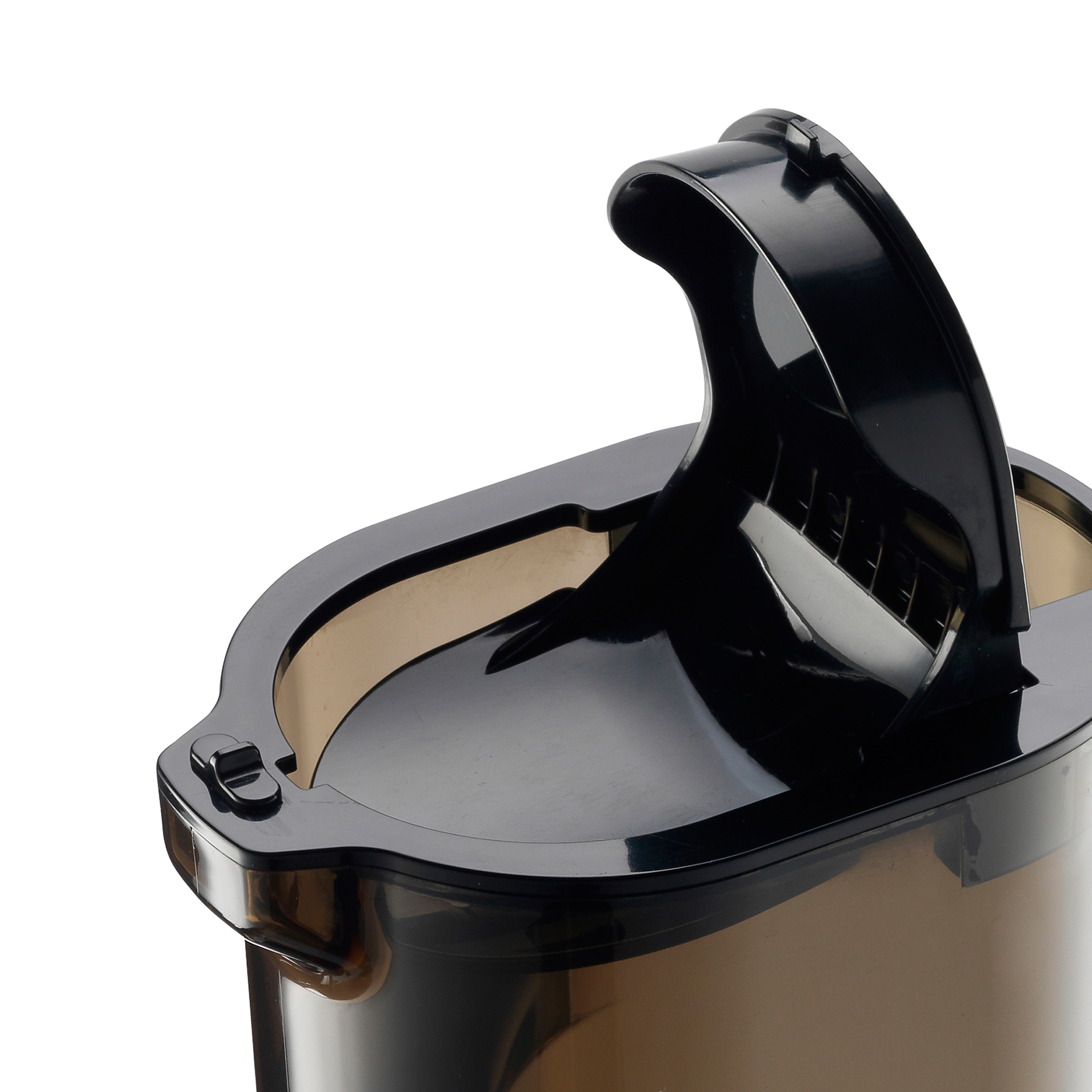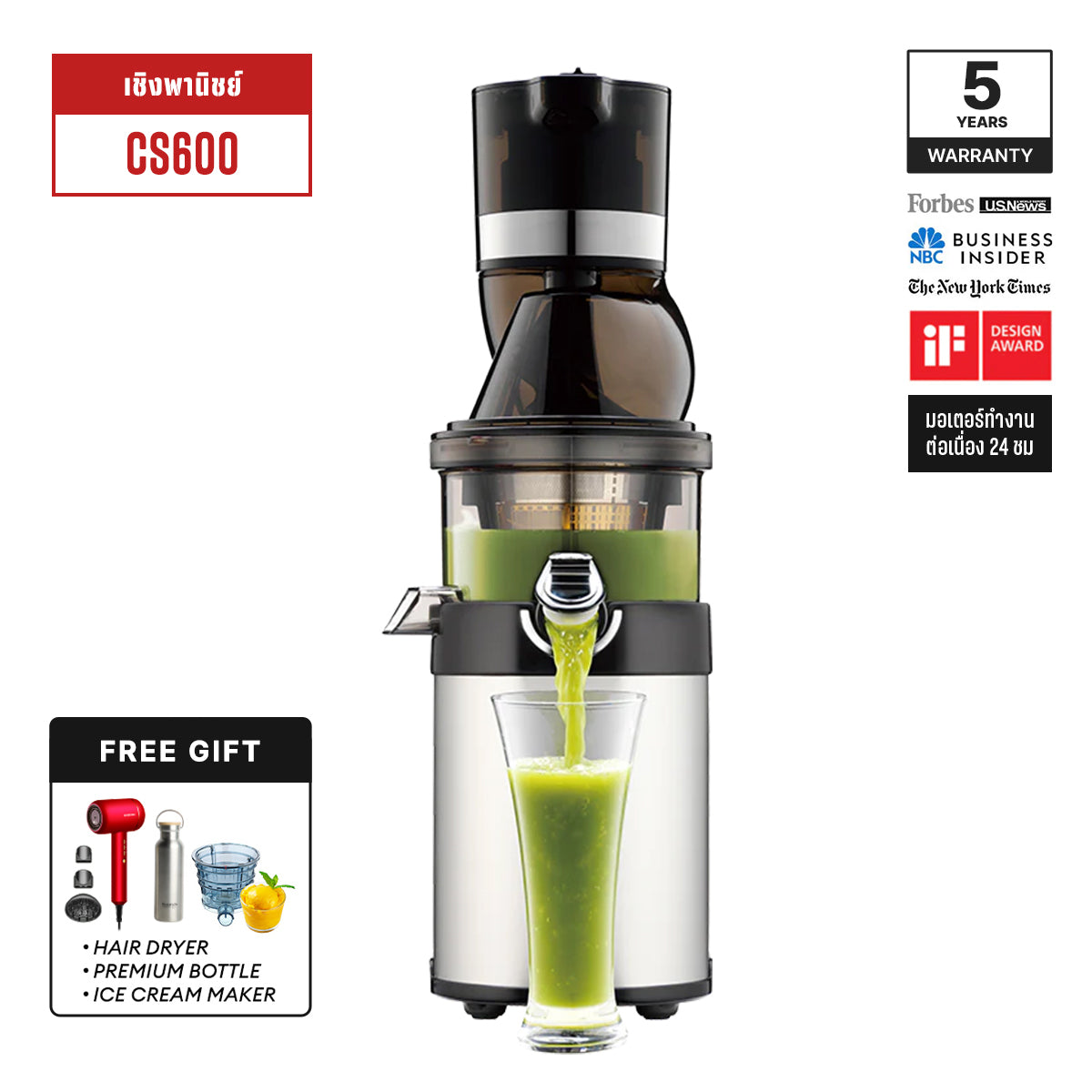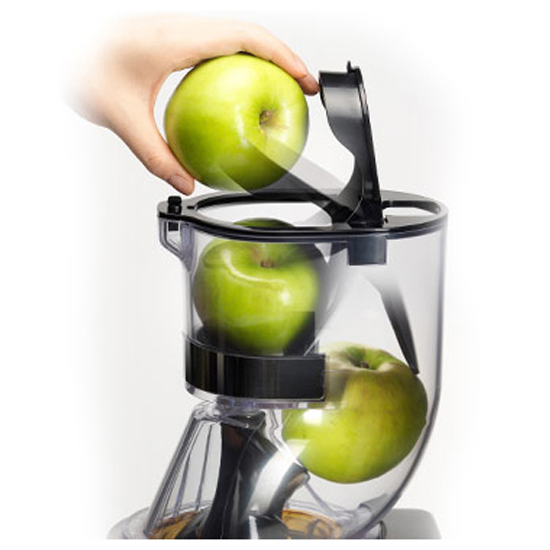This article covers the various aspects of a juice cleanse, from consulting with a doctor before starting the cleanse to important post-cleanse habits.
👍 We season our food with herbs and spices. But have you considered adding these herbs and spices to your fresh juices?
In many cultures, herbs are known for their mood-enhancing, medicinal properties, and for adding interest to meals.
Although not a juice ingredient, these popular herbs can create exotic and unique flavors when combined with fruit and vegetable juices.
Adding herbs to fresh juices can greatly benefit your mind and body, resulting in a better overall health. Here are 7 aromatic herbs you can use to add flavor to your juice recipes!
• 1. Rosemary
• 2. Sage
• 3. Dandelion greens
• 4. Basil leaves
• 5. Thyme
• 6. Bay leaves
• 7. Cardamom
1. Rosemary
While rosemary is often used in cocktails, herbal teas, or as a flavoring for cooking, squeezing fresh rosemary with the Kuvings Whole Slow Juicer is a great way to unwind at the end of the day.
Rosemary is an important ingredient in many Ayurvedic medicines and has a long history of culinary and aromatherapy use.
Like lavender and chamomile, rosemary has mood-enhancing and calming properties. Rosemary is said to help improve concentration, alertness, and memory when used over time. It’s also an excellent natural remedy for promoting hair growth!
Rosemary often has a minty, woody, and slightly sage-like flavor with a bitter aftertaste. This herb has a strong aroma and pairs well with both salty and sweet flavors.
📌 Tips for juicing :
• Try juicing with pears, apples or pomegranates. • Start by adding 1 sprig of rosemary for every 400ml of rosemary juice. If you want a stronger flavour, add another sprig of rosemary.
• When juicing rosemary, you can choose to juice the whole rosemary with stems or the rosemary leaves, depending on your preference. If you want a slightly bitter taste, add rosemary stems, or if you want a more balanced taste that isn't too pungent, juice the rosemary leaves.
Key Point: Rosemary
• Amazing aroma and taste
• Goes well with many fruits.
• Promotes relaxation, concentration and good memory.
• Additional benefits for promoting hair growth!
2. Sage
Sage is rich in antioxidants, helps in the body's detoxification process, and has the ability to help reduce bad cholesterol in the long run, making it a great addition to any juice.
Sage is a mood-enhancing food that can help relieve anxiety and depression.
Native Americans have a tradition of burning sage to remove negative energy from the environment. They also believe that the herb instills wisdom, clarity, and promotes inner healing.
Sage has an earthy and slightly peppery flavor, with notes of mint, eucalyptus, and lemon in the same herb. A little sage juice can help to refresh the senses.
📌 Tips for juicing:
• Try juicing with cucumber, lemon or apple.
• Sage is safe to use, but it is important to remember to use it in moderation to avoid long-term side effects. It is best not to consume more than ½ cup of sage leaves per day.
📋 Highlights : Sage
• Earthy and peppery flavor
• Rich in antioxidants
• Refreshing taste
• Good for brain health!
3. Dandelion greens
Dandelion greens have small, colorful flowers and are rich in antioxidants, anti-inflammatory, lower blood pressure and help lower bad cholesterol.
Although dandelion greens are a popular ingredient in juices, they have also been used as a natural remedy by ancient civilizations around the world. They have been used to treat a variety of health complications, including skin swelling, diarrhea, breastfeeding in women, fever reduction, and more.
Dandelion greens have an earthy and bitter flavor. If you don’t want to taste the bitterness, try to juice the pungent flavor with a sweeter fruit.
📌 Tips for juicing:
• Try juicing with Fuji apples or mangoes.
• Squeeze about 3 to 4 dandelion leaves per 400 ml of juice .
📋 Highlights : Dandelion
• Bitter taste but earthy smell
• Goes well with sweet fruits.
• Reduces inflammation, high blood pressure and high cholesterol.
4. Basil leaves
Although basil is part of the mint family, the aroma and flavor of basil is very different. This delicious herb is said to have originated in India but has since spread to all parts of the world.
Adding a little basil to your juice can help lower high blood pressure, relax blood vessels, and reduce chronic stress associated with depression.
Basil is a unique herb with a distinctive flavor that combines spicy and sweet. The flavor has a peppery and licorice-like aroma. Its versatile flavor pairs well with both spicy and sweet flavors.
📌 Tips for juicing:
• Try juicing with tomatoes, berries or watermelon.
• Since basil has a strong flavor, you should only juice 1 or 2 leaves per 400 ml of juice .
📋 Key Point: Basil
• Helps reduce symptoms associated with high blood pressure and chronic stress.
• Spicy and sweet taste
5. Thyme
Thyme is a delicious addition to our meals, but it can also add an interesting flavor to your fresh juices!
Thyme has long been used in teas and tonics to relieve coughs and soothe sore, itchy throats.
Like rosemary, thyme has an intense aroma with grassy, woody and floral notes. Its earthy flavor adds a unique flavor to the sweet juices.
📌 Tips for juicing:
• Try juicing a peach or pineapple.
• To start, you can squeeze 1 tablespoon or 1 full sip of thyme leaves into 400 ml of water.
• Both thyme and pineapple are said to be natural cough suppressants!
📋 Key Point: Thyme
• Strong grassy scent
• Cough medicine
• Stimulates the immune system
6. Bay leaves
Bay leaves, also known as laurel leaves, are commonly used in soups, stews, and sauces around the world.
Bay leaves are known to have natural migraine remedies. Bay leaves are also good for digestive health as they help break down proteins.
Bay leaves have a sharp, bitter, and pungent flavor when eaten whole. In cooking, the flavor of bay leaves is indistinguishable, but they help convey subtle background flavors and aromas.
📌 Tips for juicing:
• Try juicing with blackberries or pomegranates.
• Add 1 or 2 bay leaves per 400 ml of water.
📋 Key Points: Bay Leaves
• Bitter and pungent taste
• Helps treat migraines
• Helps digest protein, helps maintain the health of the digestive system.
7. Cardamom
Cardamom has been used in Indian and Middle Eastern cuisine for centuries and remains extremely popular today. This aromatic spice is often a base ingredient in many teas, such as chai, and is used in Indian, Middle Eastern, Arabic, and Swedish desserts.
Cardamom has a very fragrant smell, is a natural anti-anxiety agent, improves air circulation in the lungs, treats bad breath, helps treat stomach ulcers, and may help lower blood pressure.
Cardamom has a very complex flavor, with fruity, piney and almost licorice-like notes with a hint of menthol.
Cardamom is commonly added to desserts and for good reason. There’s no doubt that cardamom will add a unique flavor to your sweet fruit juices.
📌 Tips for juicing:
• Try juicing with mango and watermelon. • Before juicing cardamom seeds in your Kuvings juicer, it is necessary to soak the cardamom seeds for at least 4 hours. Add 4 soaked cardamom pods with the extracted water to 400 ml of juice .
📋 Key Points: Cardamom
• Natural anti-anxiety medications
• Delicious aroma
• Goes well with sweet fruits.
We'd love to see your juice recipes 👀
Spice up your homemade juice recipes with these 7 amazing herbs! Discover exciting new flavor combinations and extraordinary health benefits as you embark on your juice adventure!
This post is republished with permission from www.kuvingsusa.com


